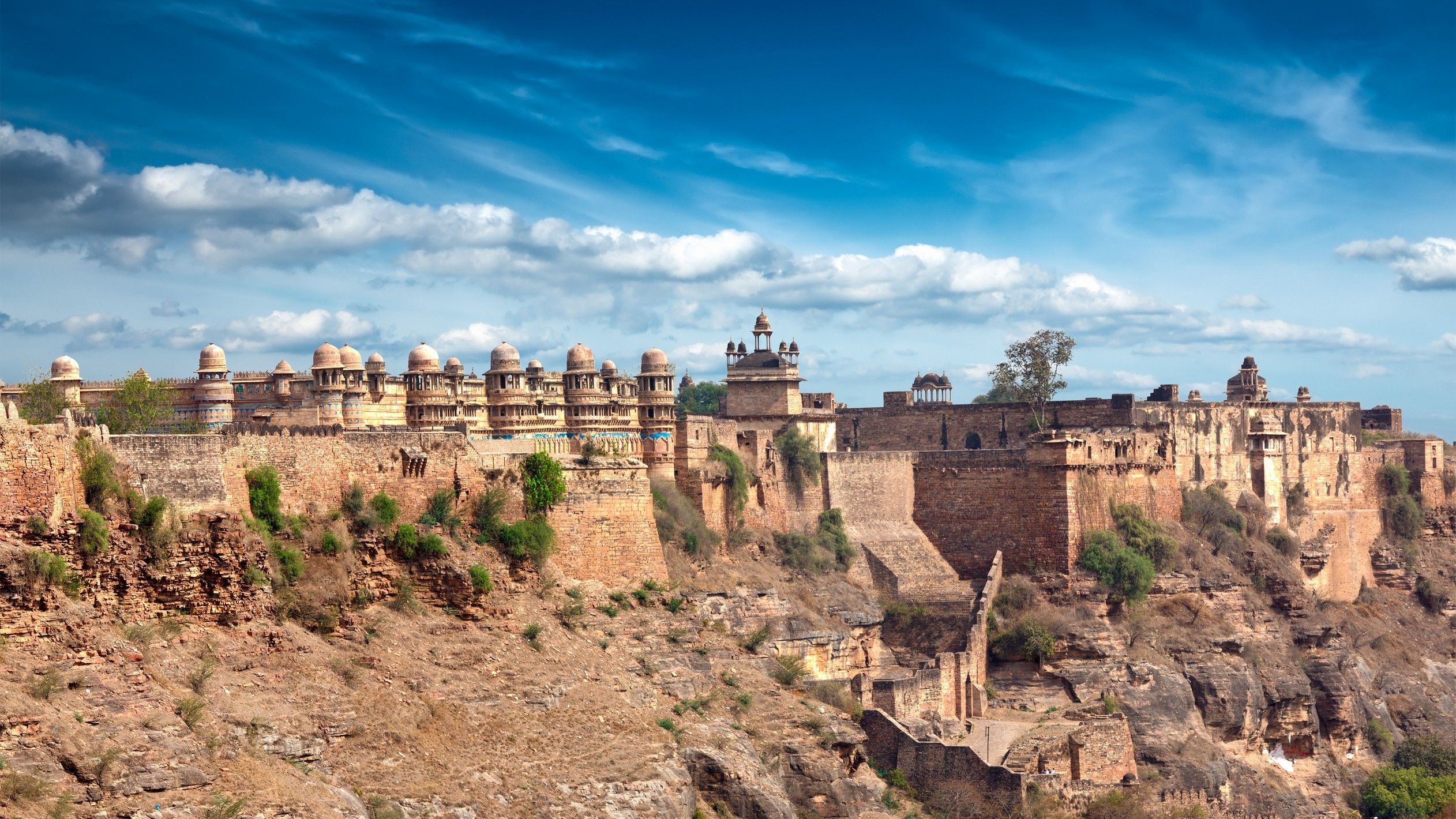
steiners-incredible-india-2024
vakantio.de/steiners-incredible-india-2024
BLOG 2: Gwalior
Нийтэлсэн: 08.02.2024
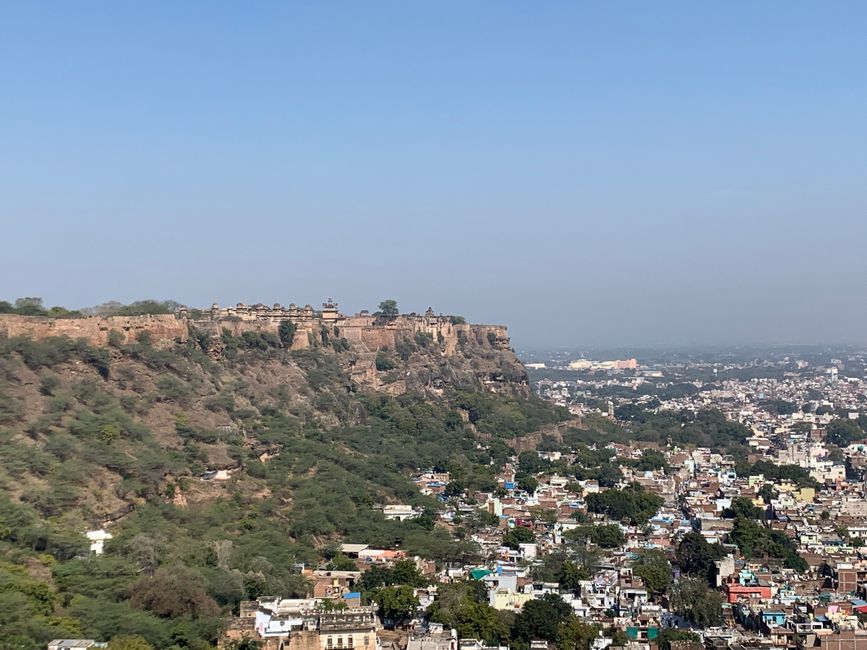
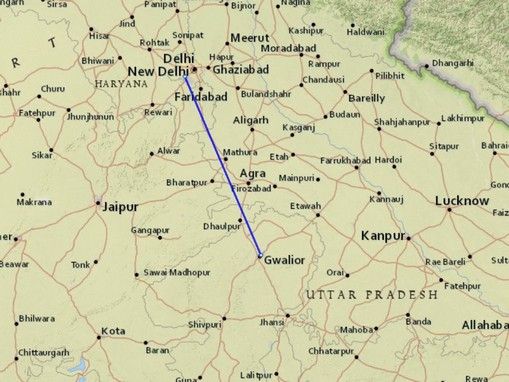
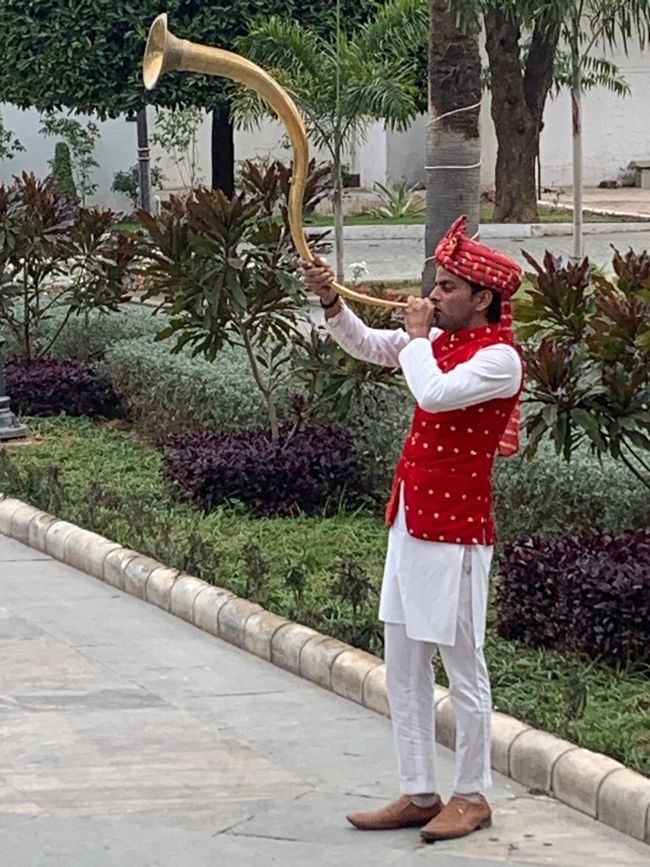
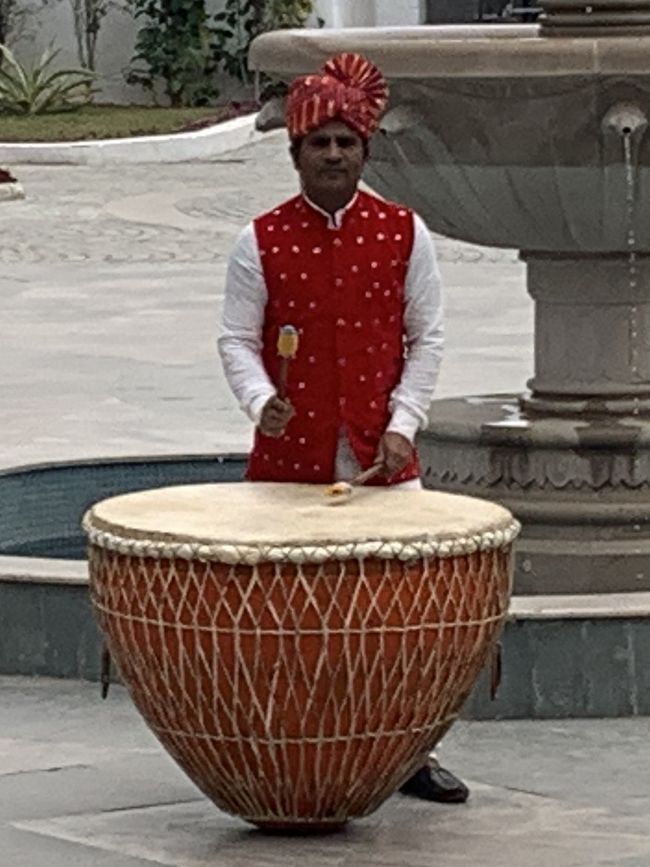
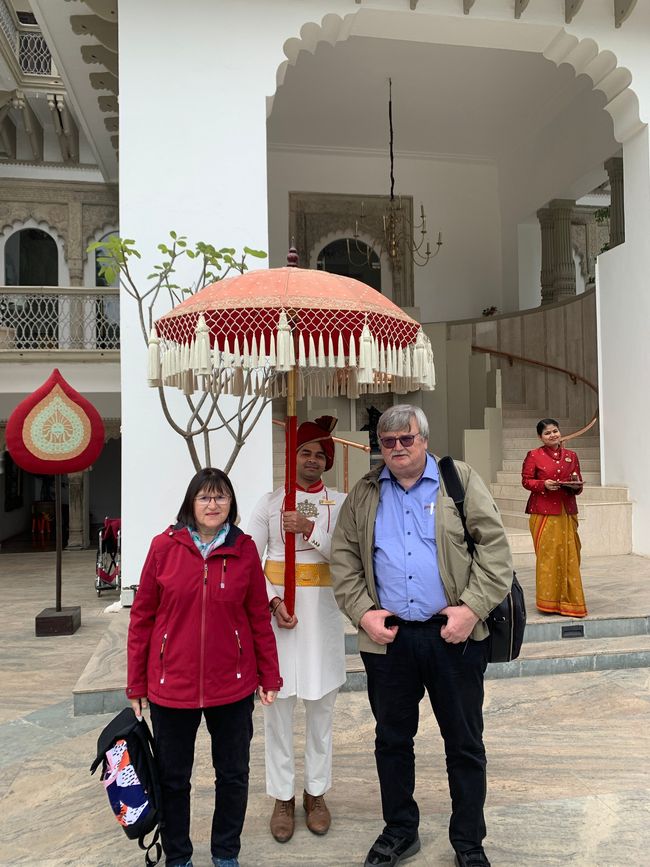
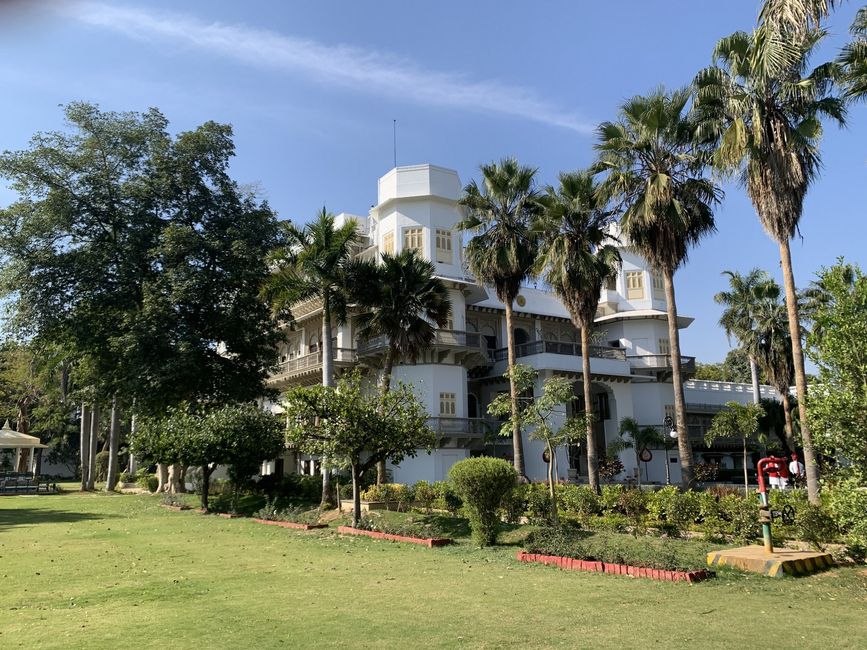

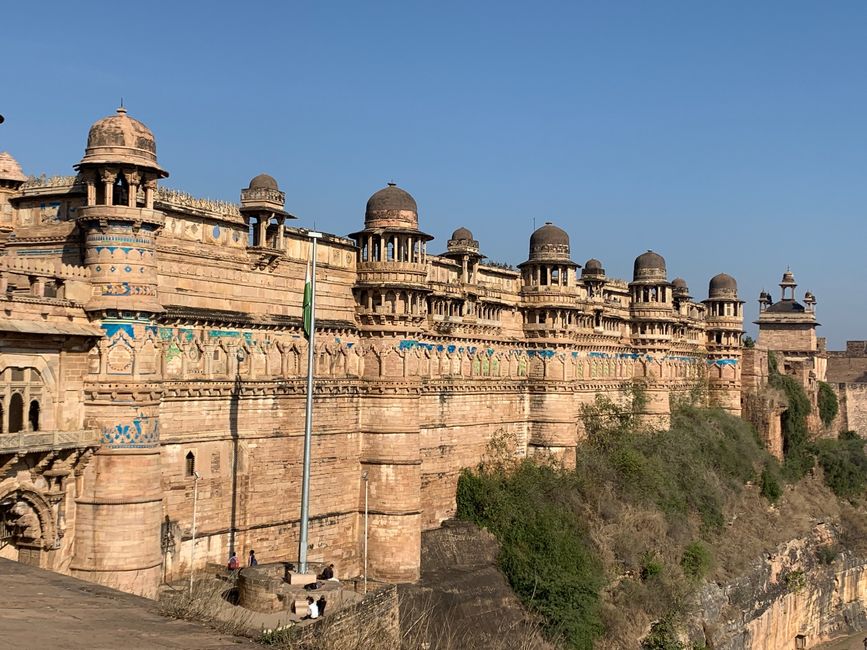
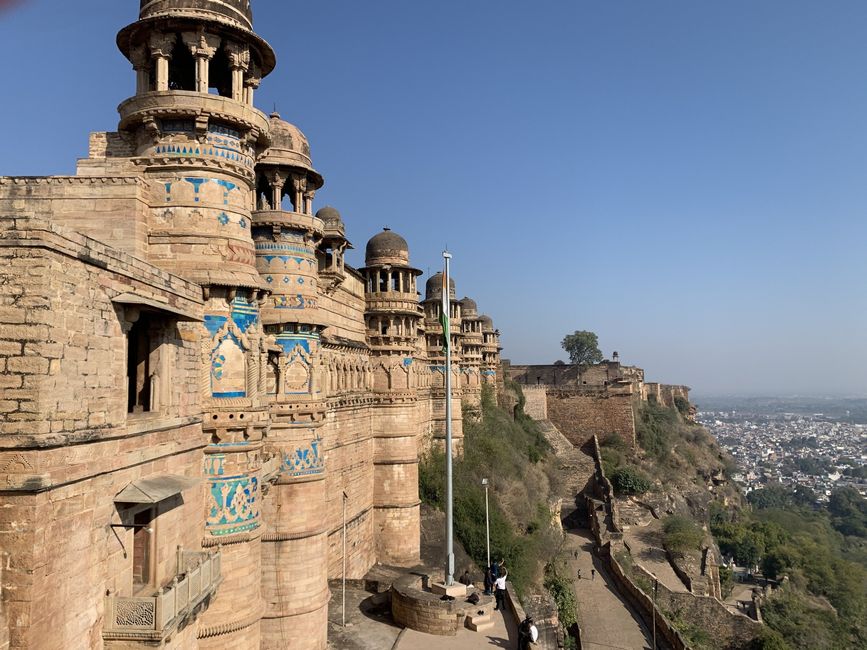
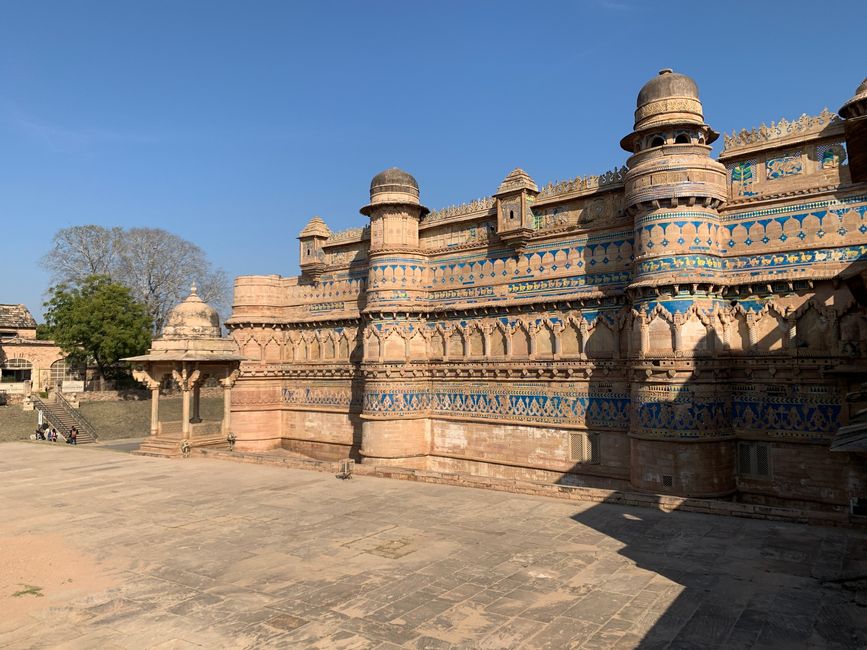

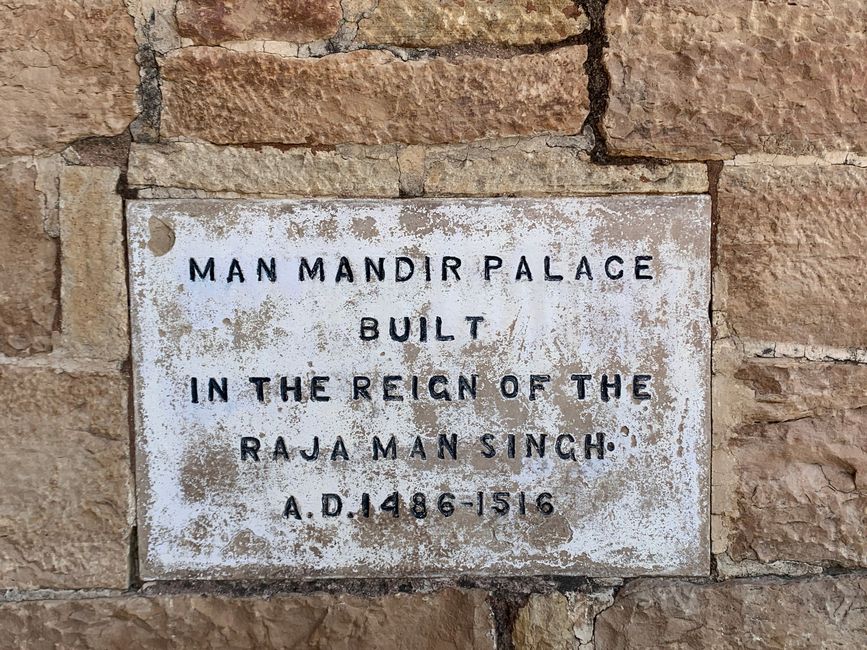
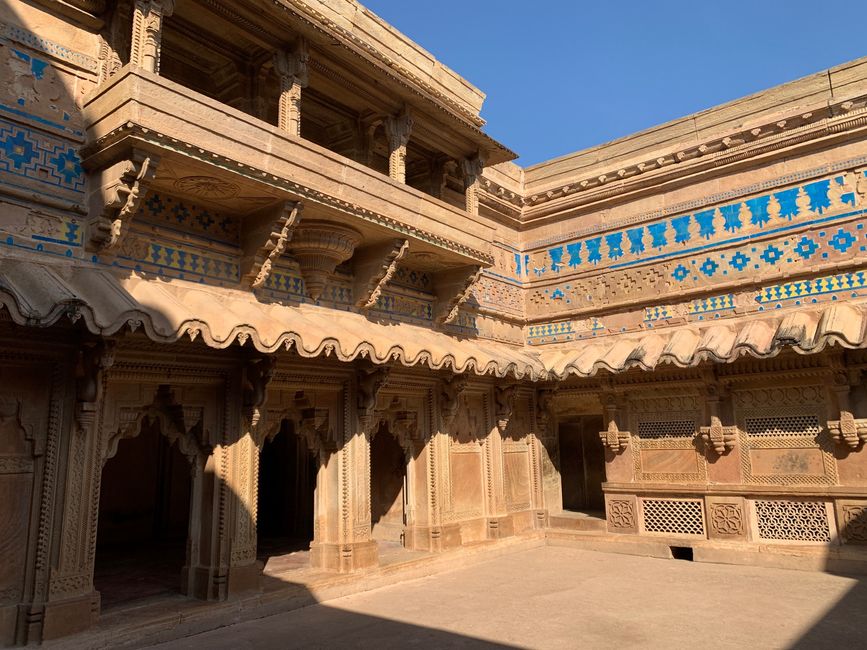
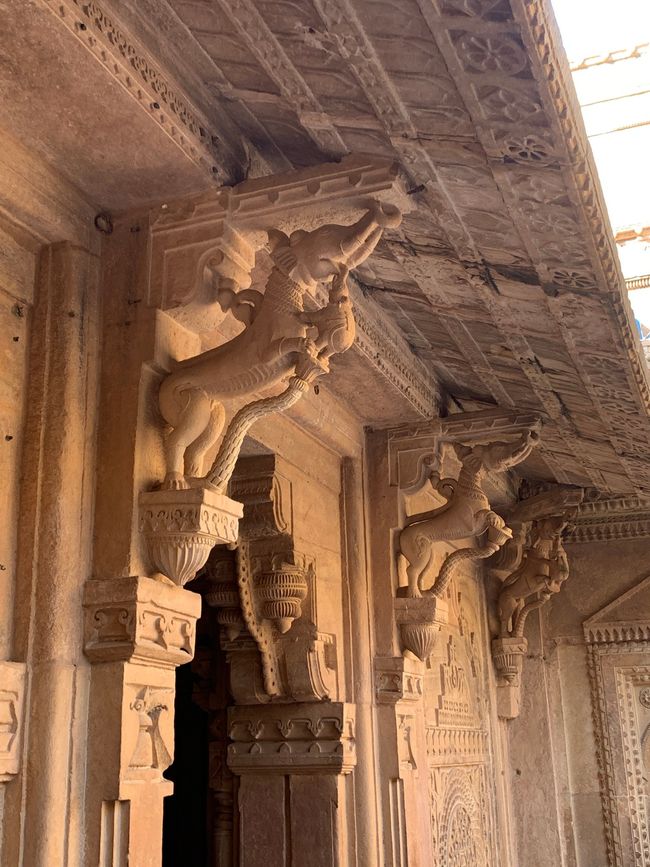

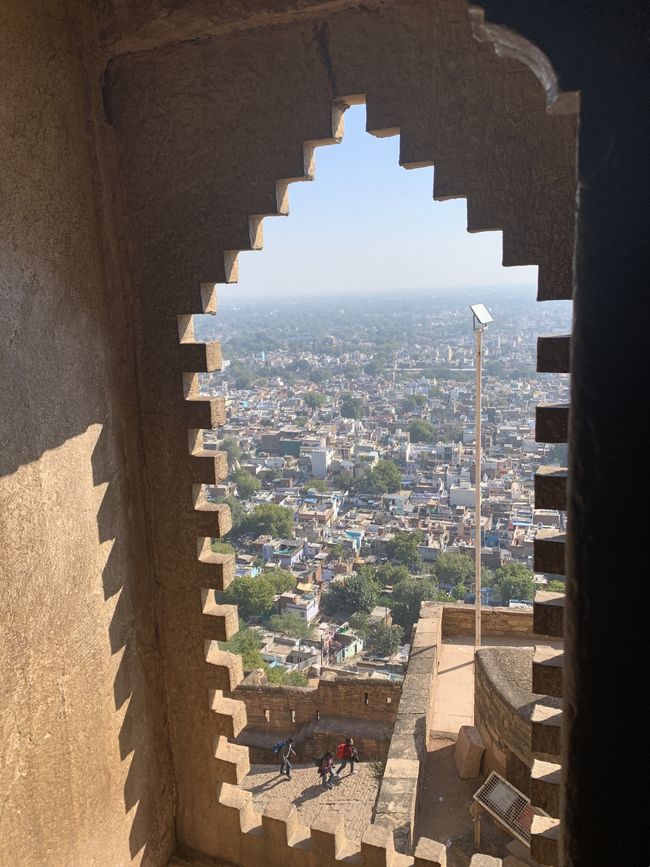
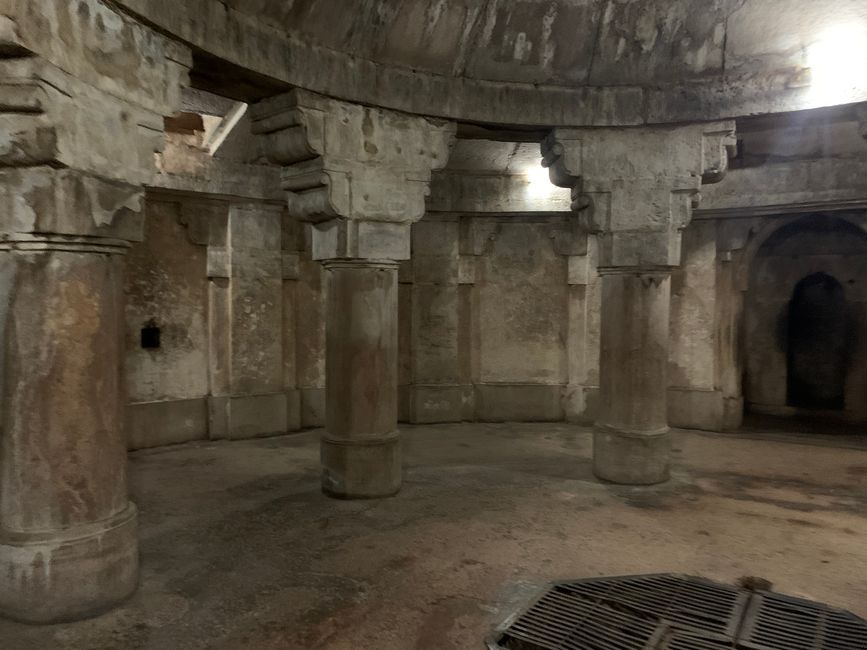

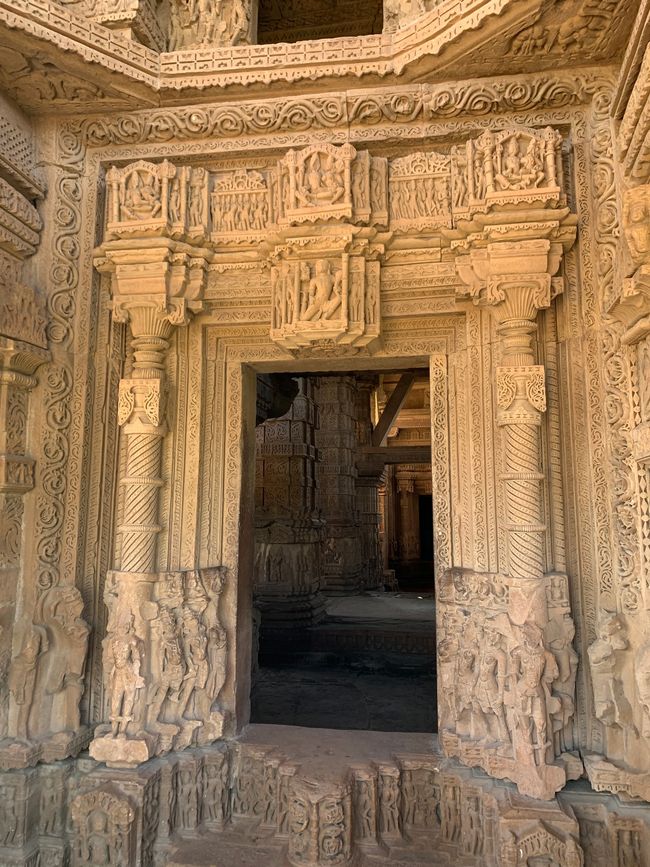
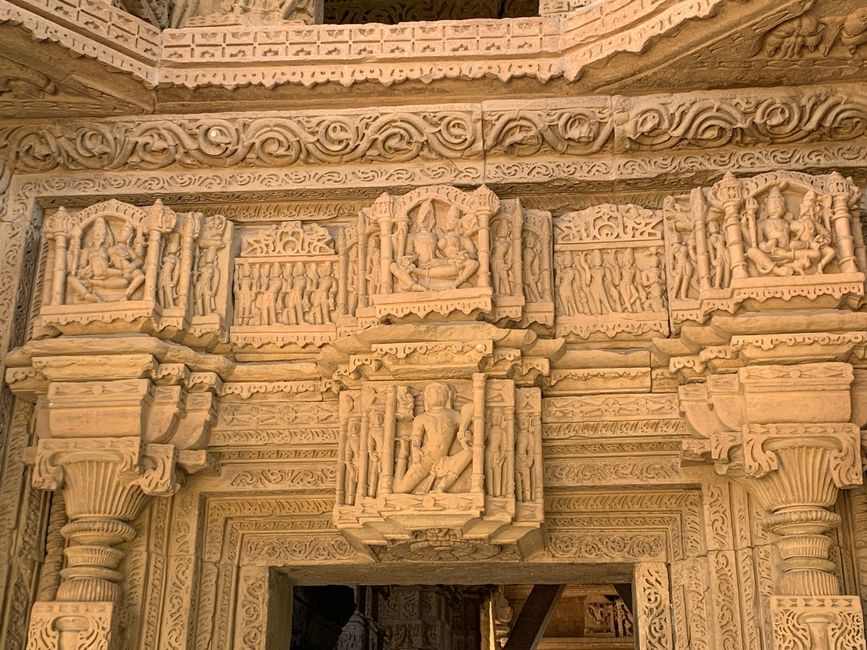


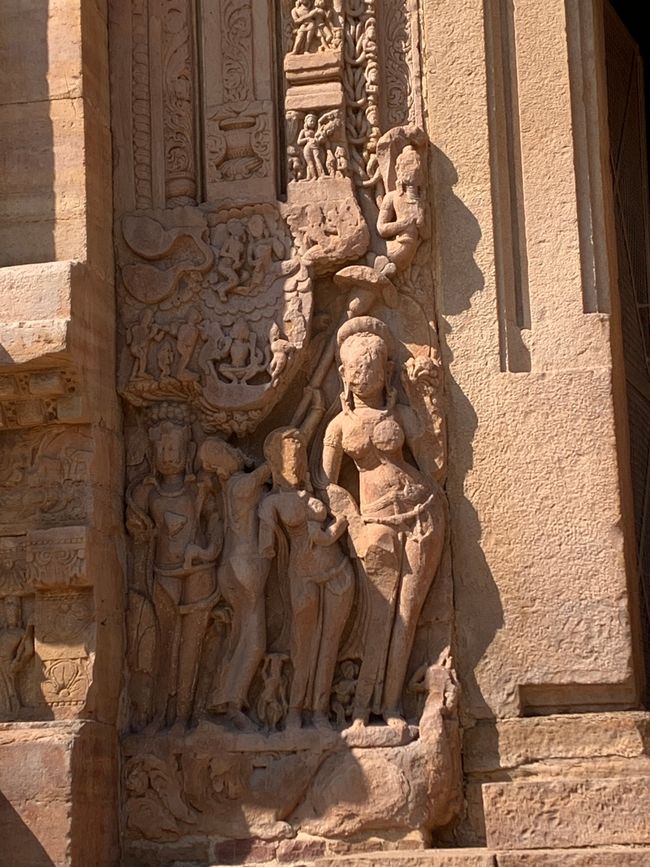
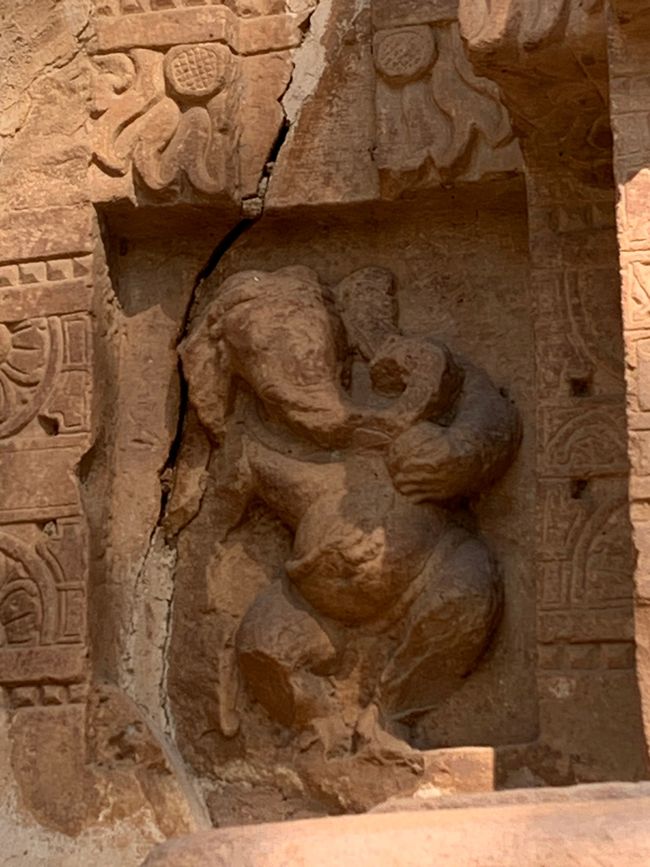
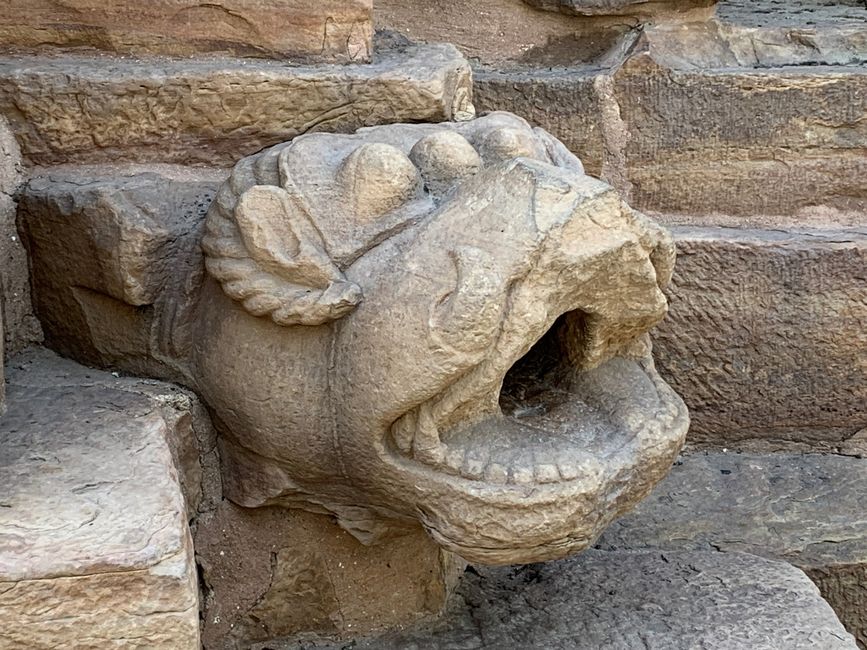

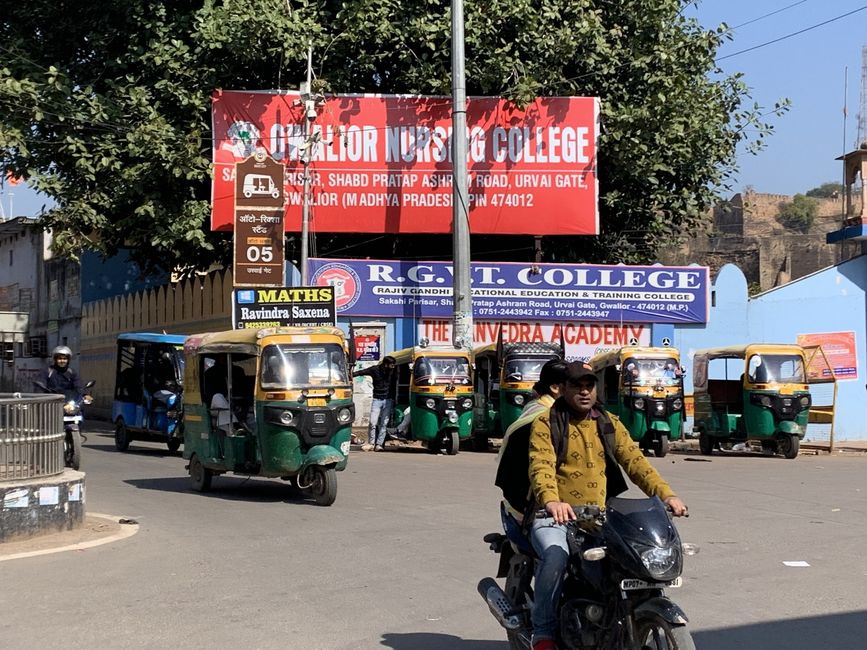
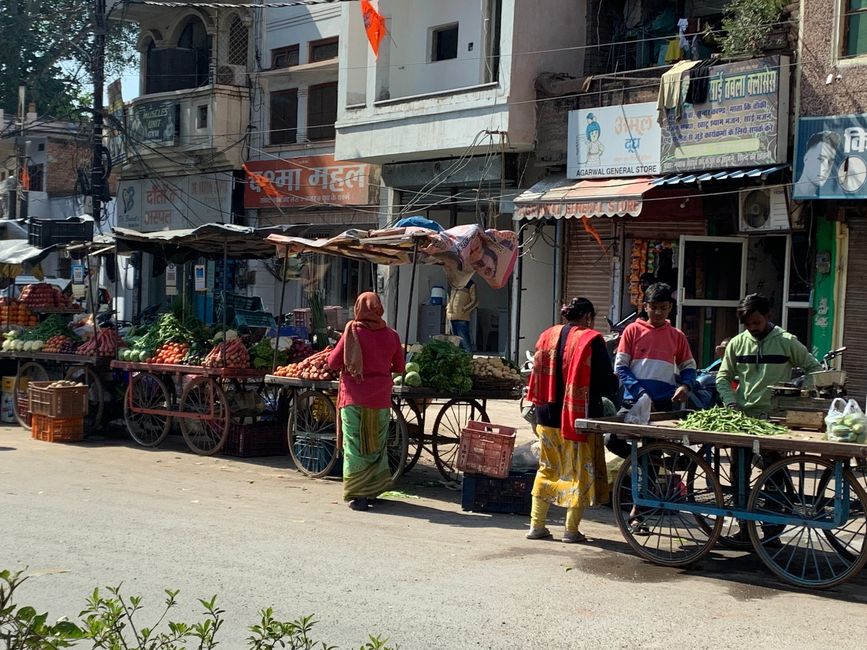
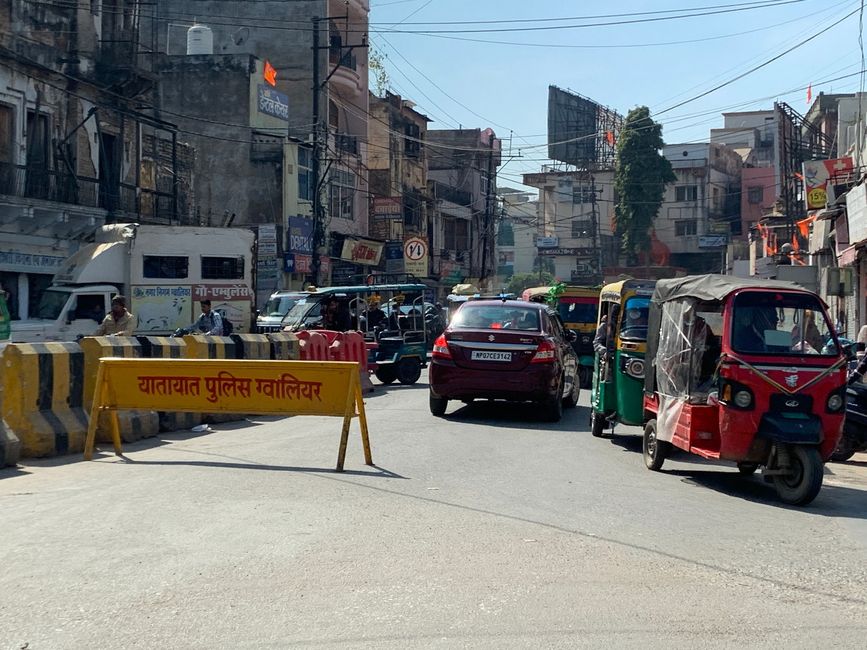
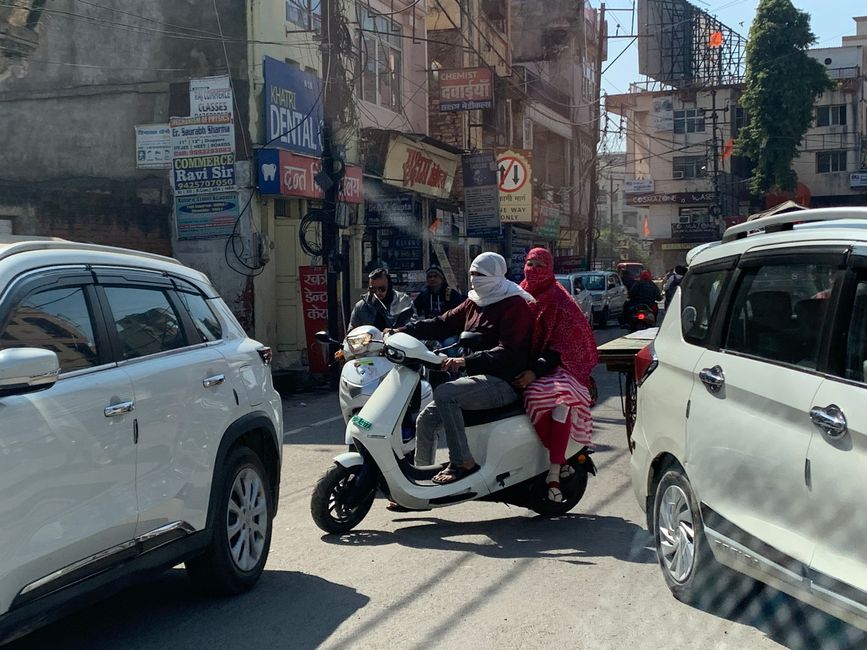
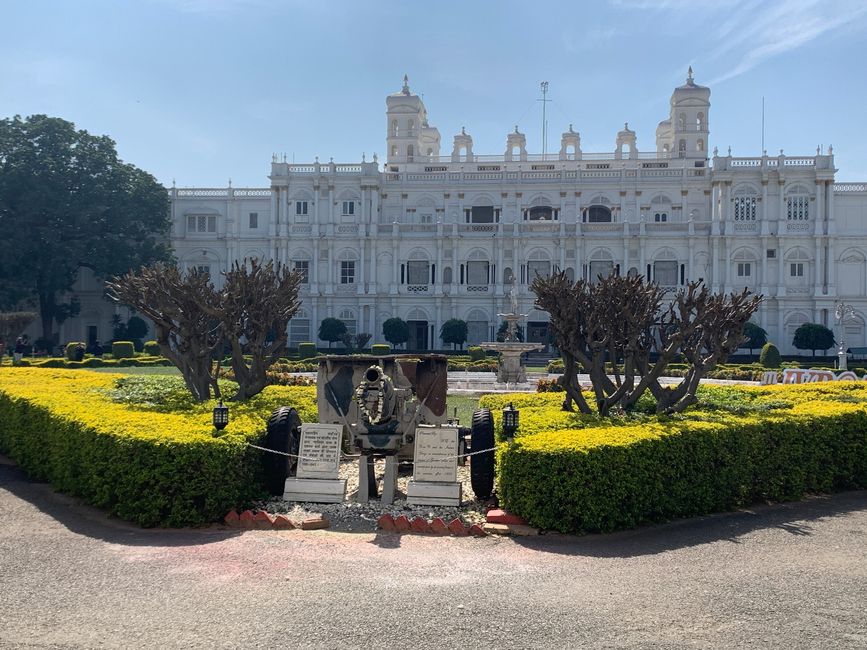
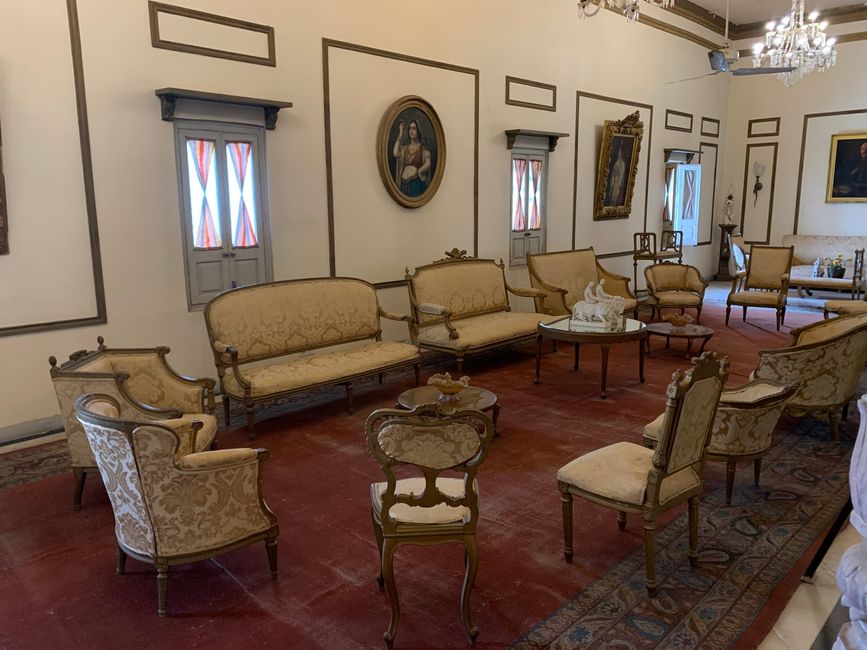

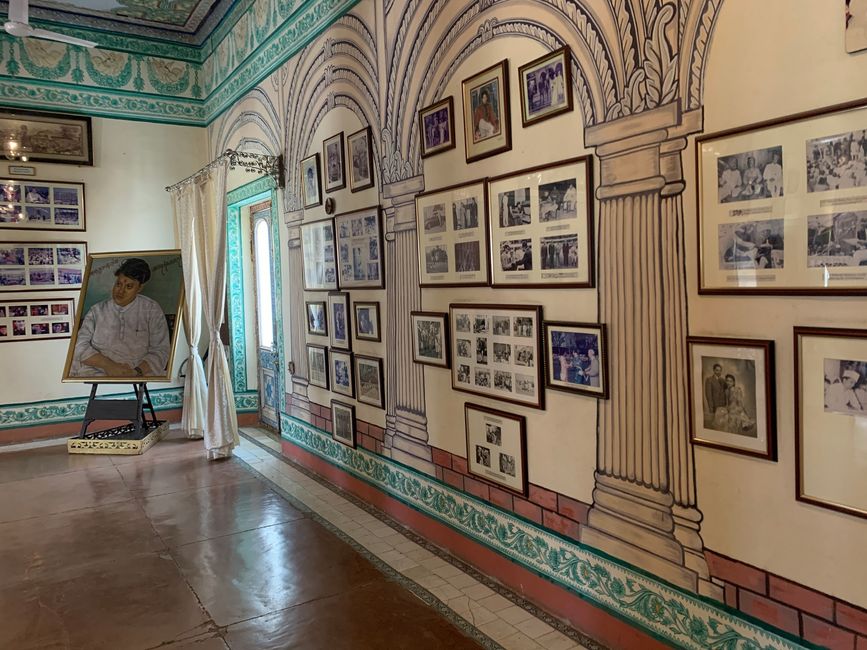
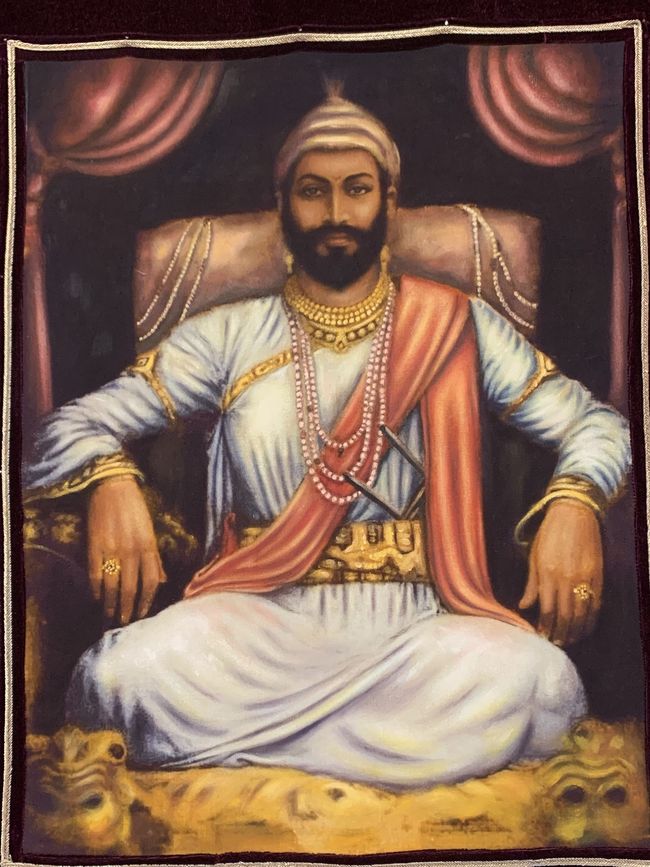
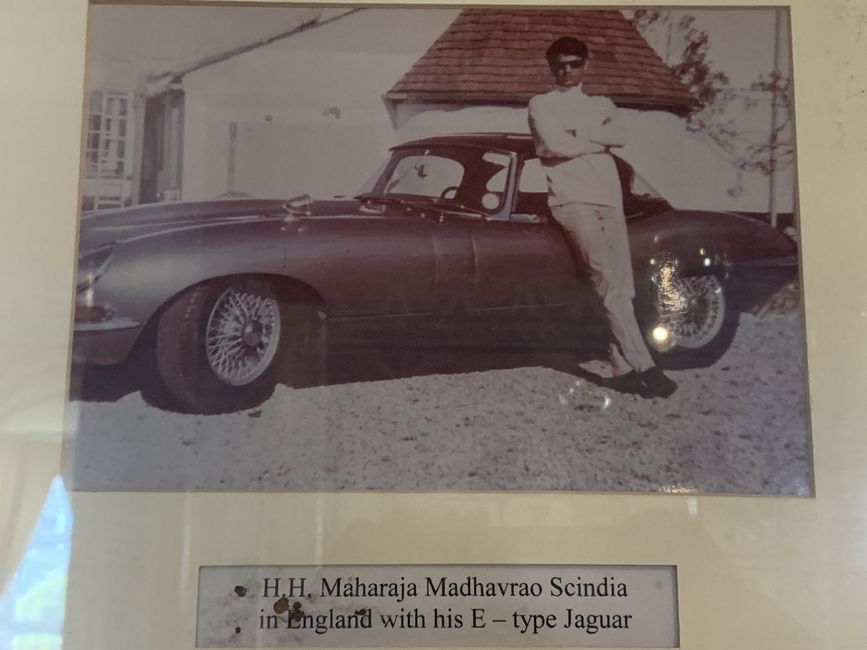
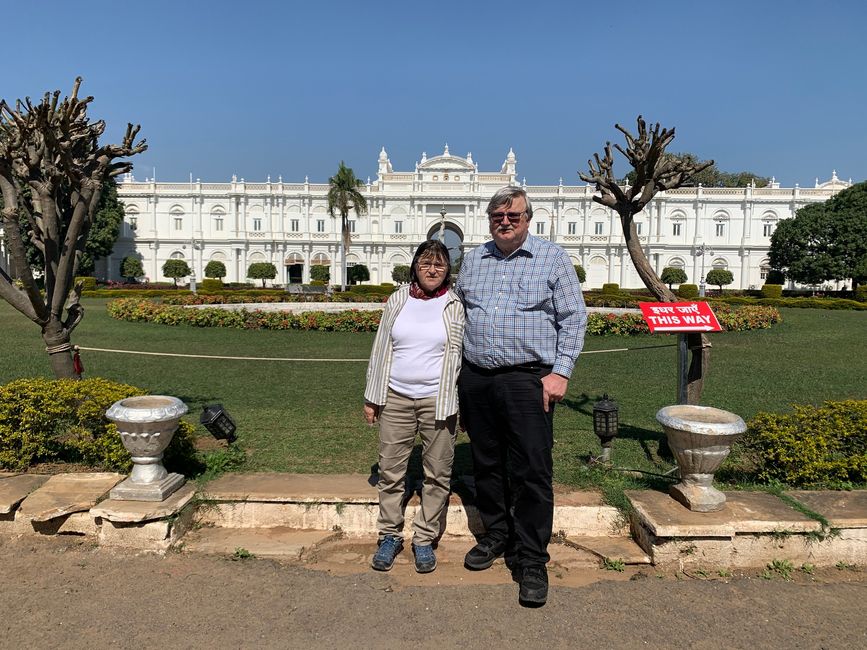
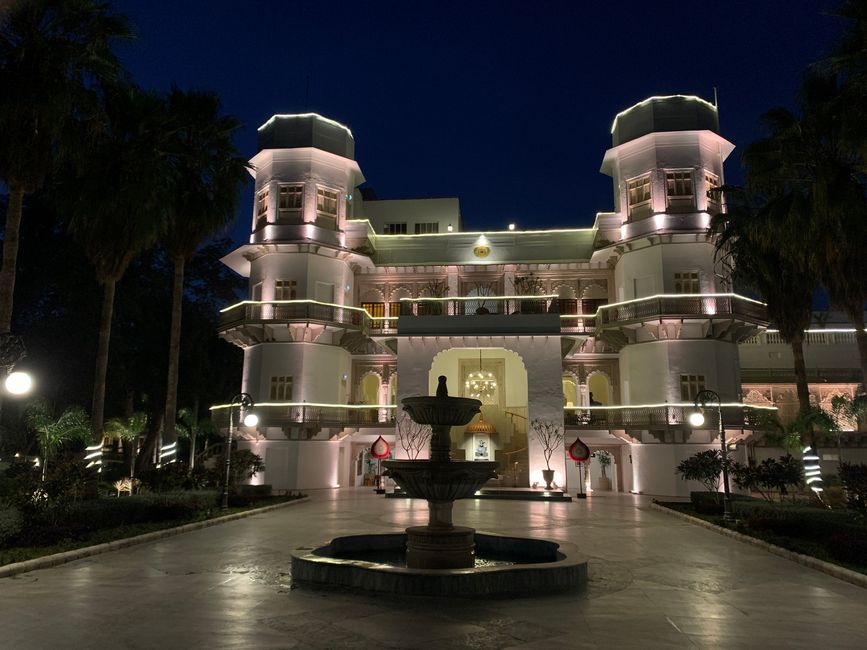
Мэдээллийн товхимолд бүртгүүлнэ үү
Gwalior - a former princely state - is a historic city in the Indian state of Madhya Pradesh and famous for its magnificent palaces, monuments and holy temples. As the cradle of several great dynasties, Gwalior's history is as fascinating as its attractions. Legend has it that in the 8th century, chief Suraj Sen was cured by a sage named Gwalipa when he was struck by a fatal disease. As a token of his gratitude, Suraj Sen founded a city and named it after the saint. Today, Gwalior is considered a city where culture and tradition have seamlessly merged with modern lifestyle. This is evident in the well-preserved remnants of the past that stand proudly next to today's structures.
Gwalior Fort – Popularly called the “Gibraltar of India,” Gwalior Fort is an 8th-century architectural marvel perched on a steep, unclimbable ledge overlooking the city. The fortress has been controlled by various rulers throughout its history.
Man Mandir Palace – Built between 1486 and 1516 by Man Singh Tomar, Man Mandir Palace is a huge palace and is said to be the most valuable possession of the fort. Also known as Chitra Mandir or Palace of Paintings, it features tiled and painted decorations of peacocks and several other birds.
Sahastrabahu Temple – It is an 11th century temple located near Man Madir Palace and is dedicated to Vishnu in his Padmanabha form. Still valued for its architecture, the temple is ornately decorated and decorated with beautiful statuettes and intricate patterns.
Teli Ka Mandir Temple – is a Hindu temple dedicated to Shiva, Vishnu and Matrikas. It was completed in the 8th or 9th century and has a design atypical for a Hindu temple. It has a rectangular sanctuary instead of the typical square.
Jai Vilas Palace – Built in 1875, Jai Vilas Palace offers a glimpse into the lifestyle of the former Maharajas. Currently, 35 rooms of the palace, the residence of the Scindia royal family, have been converted into a museum and have an interesting collection of family memorabilia, including royal robes, thrones and a miniature train set around a huge dining table with decanters of drinks and other delicacies for royal guests chugged..
__________________________________________________________________________________
A historic city located in the state of Madhya Pradesh in India, Gwalior —a former princely state—is famed for its dazzling palaces, magnificent monuments, and sacred temples. The cradle of several great dynasties, Gwalior's history is as fascinating as its attractions. Legend has it that in the 8th century when chieftain Suraj Sen was stricken with a fatal disease, a sage named Gwalipa had cured him. As a mark of his gratitude, Suraj Sen founded a city and named it after the saint. Today, Gwalior is considered as a city where culture and tradition have seamlessly merged with modern lifestyle. This is visible in the well-preserved vestiges of the past that stand proudly next to present-day structures.
Gwalior Fort - Popularly called as the 'Gibraltar of India', Gwalior fort is an 08th Century architectural marvel that is perched on top of a steep, unscalable rock outcrop overlooking the city. The fort has been controlled by a number of different rulers in its history. See the Man Mandir Palace - Built by Man Singh Tomar between 1486 and 1516, the Man Mandir is a huge palace and supposedly the fort's prized possession. Also, known as the Chitra Mandir or the Palace of Paintings, it exhibits tiled and painted decorations of peacocks and several other birds.
Sahastrabahu Temple - It is an 11th-century temple that lies near the Man Madir Palace and dedicated to Vishnu in his Padmanabha form. Still appreciated for its architecture and damaged carvings the temple is ornately decorated and sculpted with beautiful statuettes and intricate patterns.
Teli Ka Mandir Temple – is a Hindu temple dedicated to Shiva, Vishnu and Matrikas. It was completed in the 8th or 9th century and has an atypical design for a Hindu temple. It has a rectangular sanctum instead of the typical square.
Jai Vilas Palace - Built in 1875, The Jai Vilas Palace provides an insight into the lifestyle of the former Maharajas. Currently, the residence of the Scindia Royal family, 35 rooms in the Palace have been converted into a museum, boasting of an interesting collection of family memorabilia including royal robes, thrones and a miniature train that chugged around an enormous dining table, with drink carafes and other delicacies for royal guests.
Мэдээллийн товхимолд бүртгүүлнэ үү
Хариулт (3)
hj
Äußerst interessante Architektur! Ich mag diese Terra-X-Serie "Die Welt im Jahre ...." in der die Kulturen zu unterschiedlichen Zeitpunkten (Jahre 0, 500, 1000, ....) miteinander verglichen werden. Hab mir gerade die Folge für das Jahr 1500 angesehen.
Liebe Grüße
Hans Das sind ganz märchenhaft schöne Bauten! Wie lange seid ihr denn da drinnen verweilt, um alles zu sehen? Sind die gut temperiert durch die dicken Mauern?
Habt es toll, interessant und bleibt gesund! 🍀, HuK
Tolle Architektur ! LG Klaus
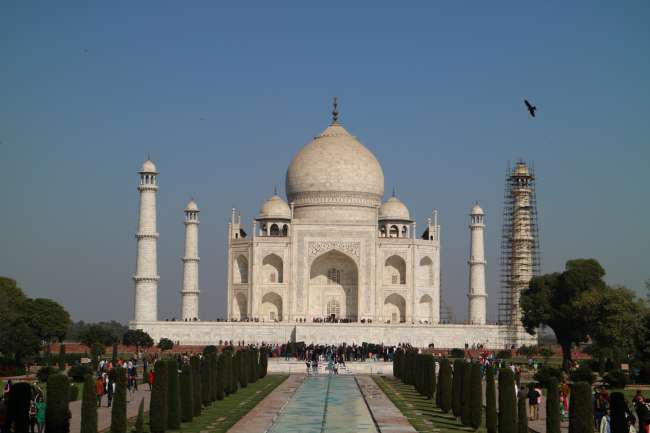
Энэтхэг аяллын тайлан
